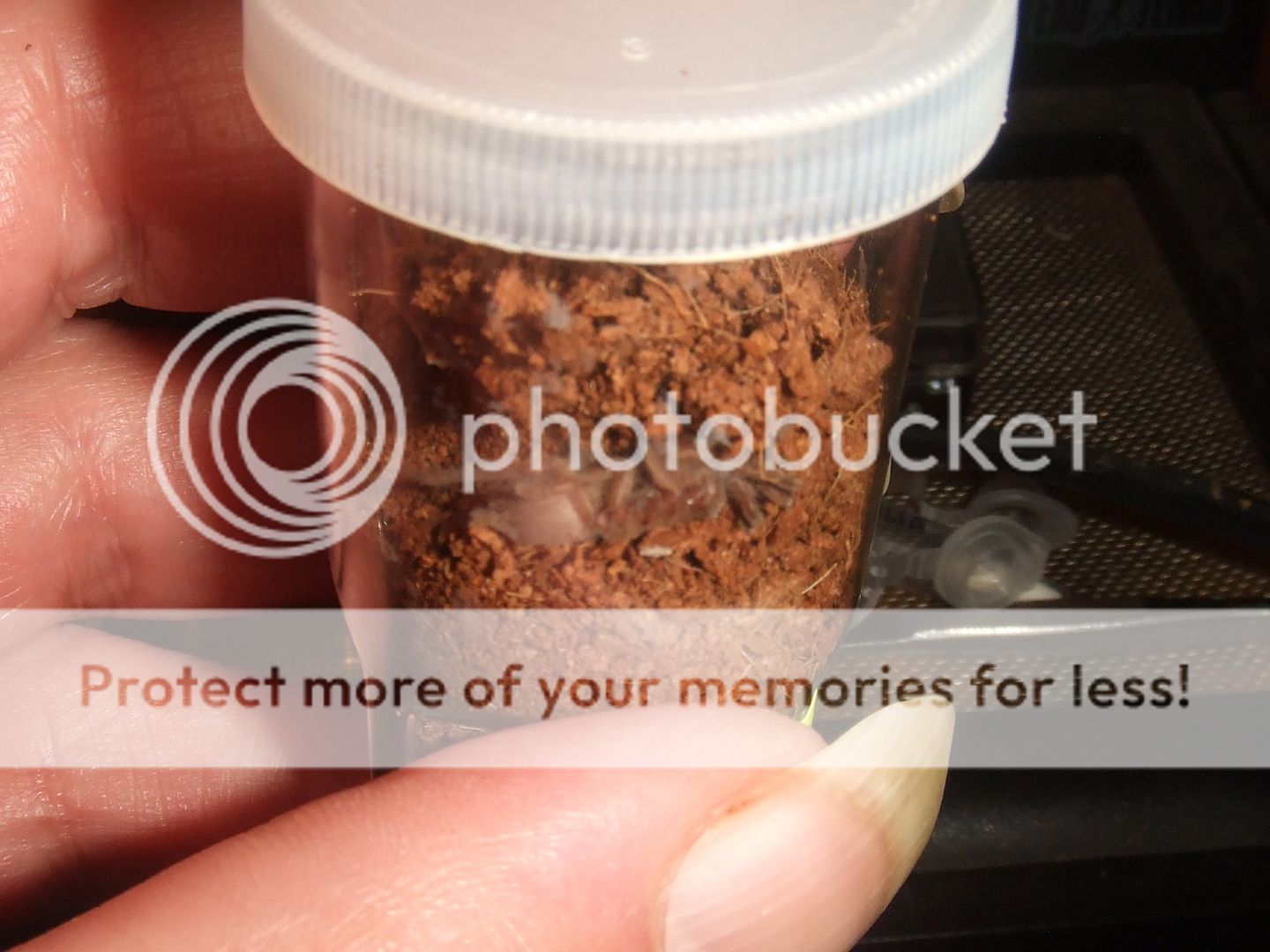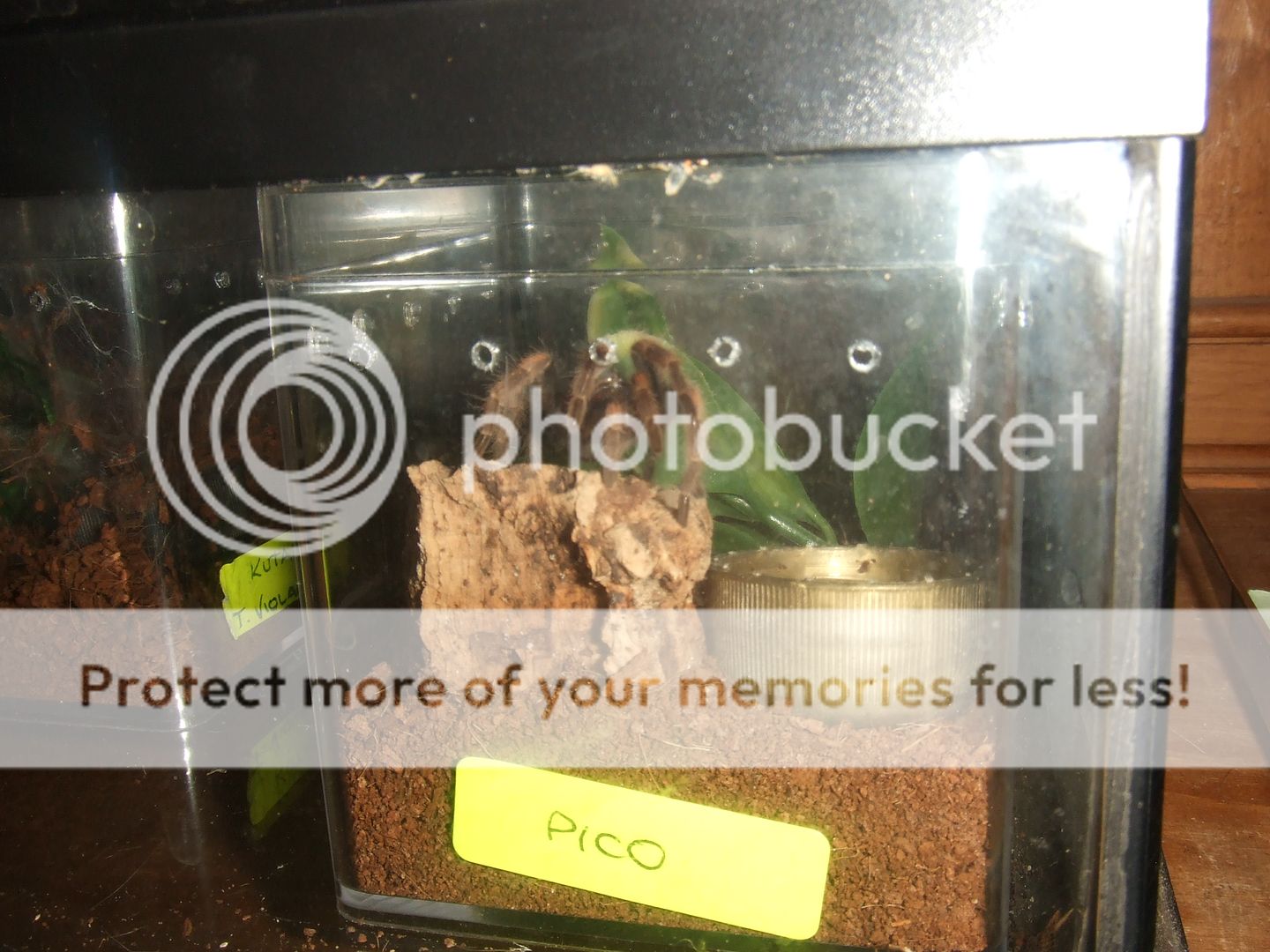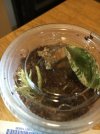- Messages
- 23
Good evening or whenever it may be where you are to everybody on the forums!
I just made an account on here and I was astonished at how many replies some of these posts have!
I just recently got in to the hobby of keeping invertebrates, starting with a small colony of Madagascar Hissers that exploded and has gone from 11 adults to a total of at least a few hundred .
.
Attached is a photo of one of the juveniles that has done some good growing in the past few months.

The star of the show however is my very first T, Elmo! Being a curly hair, I felt that Elmo was a fitting name for such an adorable little guy. I am wondering how long to wait before pursuing handling, and when I do, how do you ladies and gentlemen recommend I coax Elmo out onto my hand for handling without startling or scaring him/her too much.
Cheers,
Carl


I just made an account on here and I was astonished at how many replies some of these posts have!
I just recently got in to the hobby of keeping invertebrates, starting with a small colony of Madagascar Hissers that exploded and has gone from 11 adults to a total of at least a few hundred
Attached is a photo of one of the juveniles that has done some good growing in the past few months.
The star of the show however is my very first T, Elmo! Being a curly hair, I felt that Elmo was a fitting name for such an adorable little guy. I am wondering how long to wait before pursuing handling, and when I do, how do you ladies and gentlemen recommend I coax Elmo out onto my hand for handling without startling or scaring him/her too much.
Cheers,
Carl


